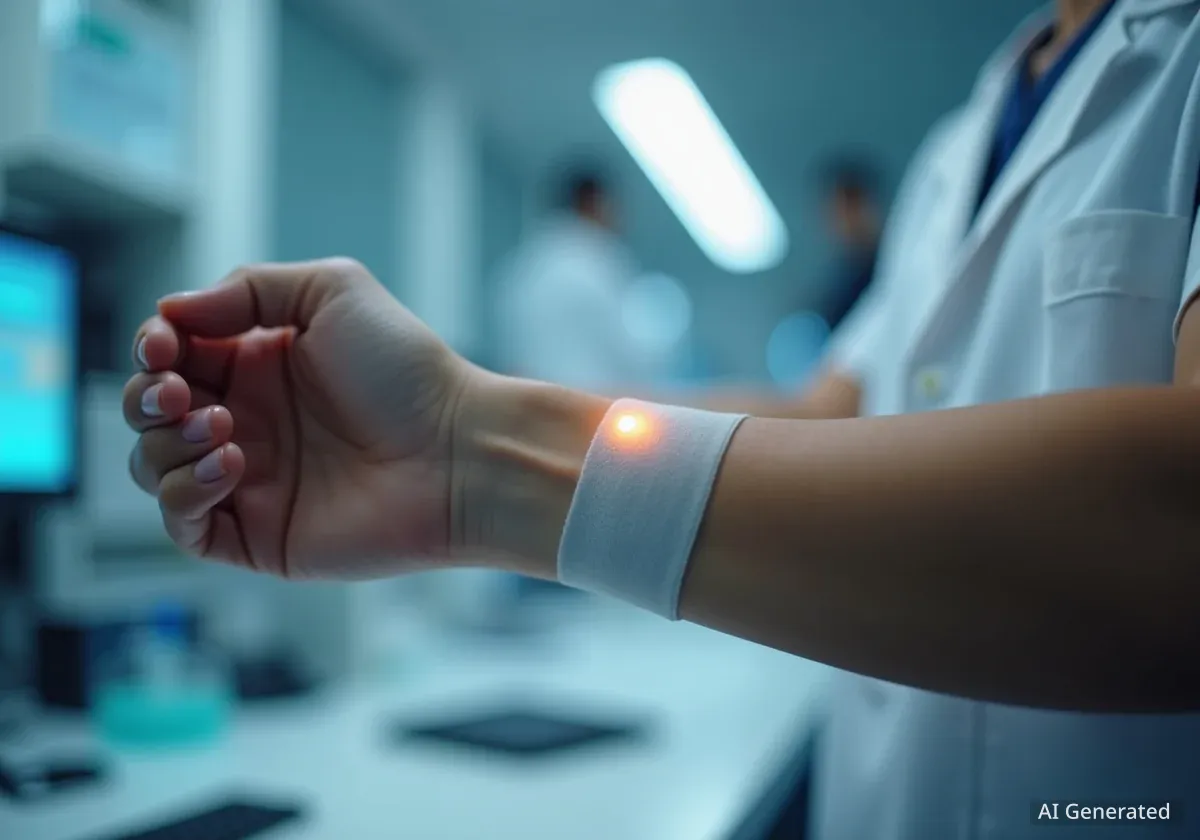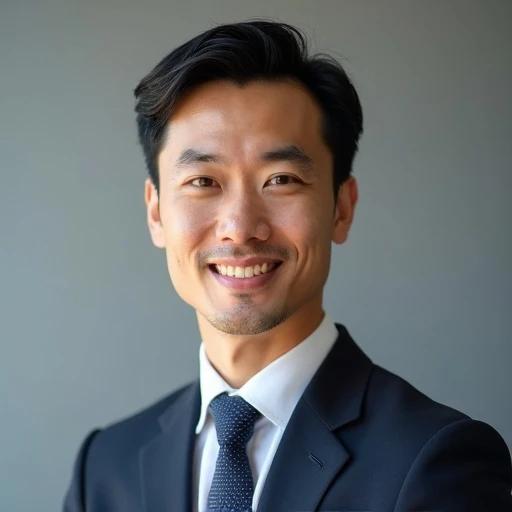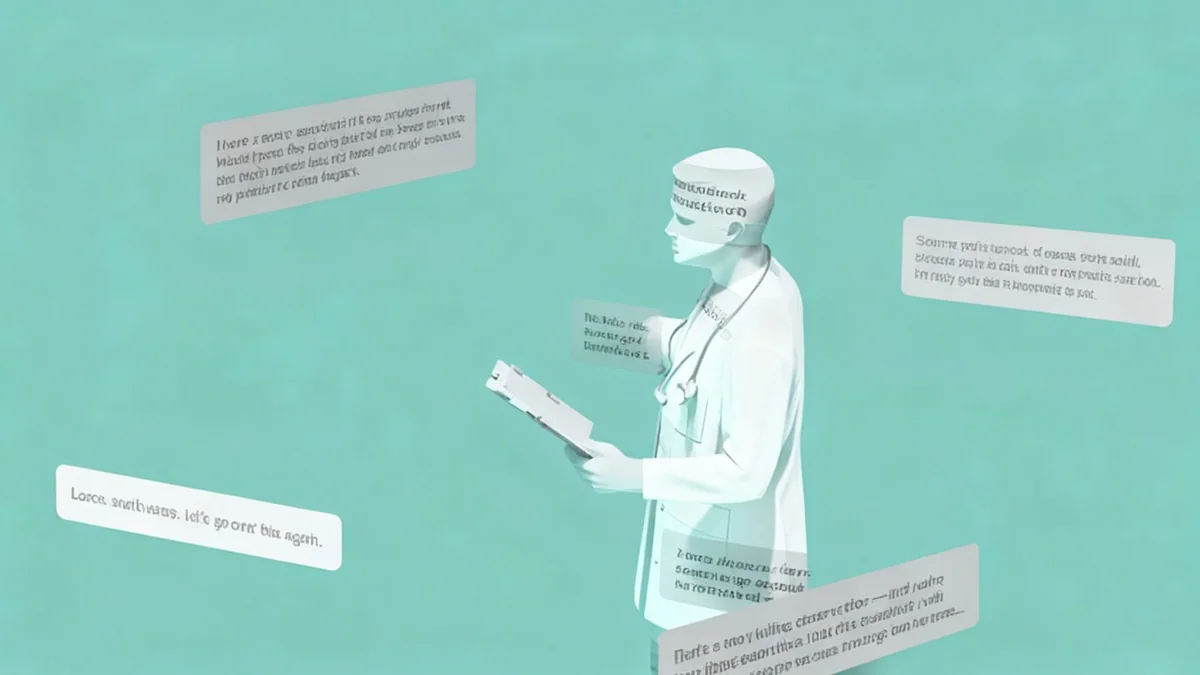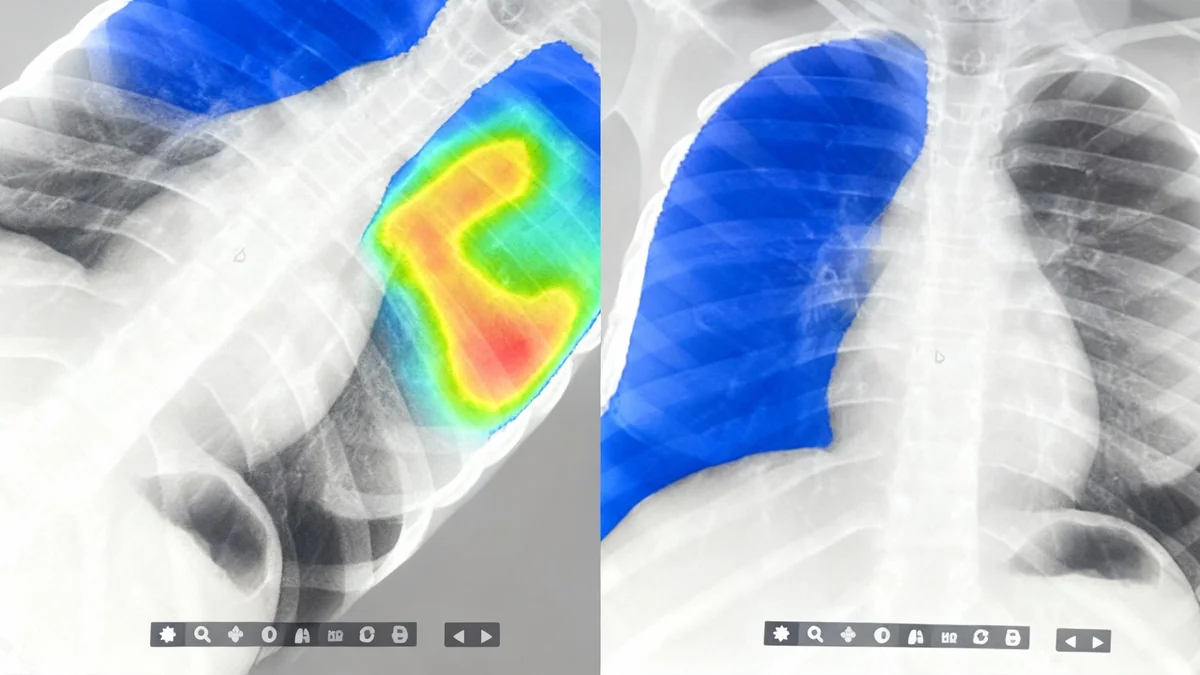Engineers at the University of California, Santa Cruz have developed a wearable device that uses artificial intelligence to monitor wounds and deliver personalized treatments. In early tests, the smart bandage, called "a-Heal," accelerated the healing process by approximately 25% compared to standard care.
The system combines a miniature camera, bioelectronics, and an AI model to create a closed-loop system that adapts to the patient's unique healing progression. This technology could make advanced wound therapy more accessible, particularly for patients in remote areas or with mobility challenges.
Key Takeaways
- Researchers created "a-Heal," a smart bandage that uses AI to analyze and treat wounds.
- The device integrates a camera for imaging, bioelectronics for treatment delivery, and a machine learning model for decision-making.
- Preclinical studies showed the device sped up the healing process by about 25%.
- Treatments include targeted medication and electric fields to promote tissue repair.
- The technology aims to provide personalized, automated wound care and could be beneficial for chronic wounds and remote patient monitoring.
An Integrated System for Advanced Wound Care
The natural process of wound healing involves several distinct stages, from clotting and inflammation to tissue regeneration. The "a-Heal" device, developed by a collaborative team from UC Santa Cruz and UC Davis, is designed to optimize each of these phases. It functions as an automated, responsive system that monitors a wound and intervenes when necessary.
The project was led by Marco Rolandi, a Professor of Electrical and Computer Engineering at UC Santa Cruz. The device integrates multiple technologies into a single, wearable patch that can be attached to a standard bandage.
"Our system takes all the cues from the body, and with external interventions, it optimizes the healing progress," Rolandi explained.
This integration of monitoring and treatment in one device creates what is known as a "closed-loop system." It continuously assesses the wound's condition and automatically adjusts its therapeutic output without needing constant human intervention, representing a significant step forward in wound management technology.
Understanding the Healing Stages
Normal wound healing follows a predictable pattern: hemostasis (stopping bleeding), inflammation (immune response), proliferation (new tissue growth), and remodeling (scar formation). The a-Heal system's AI is trained to recognize these stages and detect any deviations from an optimal healing timeline.
The Role of the 'AI Physician'
At the core of the device is a sophisticated machine learning model that researchers have dubbed the "AI physician." This AI processes visual data captured by a tiny onboard camera to make informed treatment decisions.
The camera, developed by Associate Professor Mircea Teodorescu, captures an image of the wound every two hours. This steady stream of data provides a detailed, time-lapse view of the healing process.
"It's essentially a microscope in a bandage," Teodorescu said. "Individual images say little, but over time, continuous imaging lets AI spot trends, wound healing stages, flag issues, and suggest treatments."
The images are fed to the AI, which was developed under the guidance of Associate Professor Marcella Gomez. The AI uses an algorithm called Deep Mapper to quantify the wound's healing stage. It then compares this real-time data to a pre-defined optimal healing trajectory. If the wound is healing slower than expected, the system initiates a therapeutic intervention.
How Reinforcement Learning Works
The AI model uses a technique called reinforcement learning. It is given a single goal: minimize the time it takes for the wound to close. The model learns through trial and error, receiving a "reward" for actions that move the healing process closer to its goal. This allows it to adapt its strategy for each individual patient over time.
Delivering Targeted Therapies
When the AI physician detects a lag in healing, it can deploy one of two treatments through the device's integrated bioelectronics. The system carefully determines the type and intensity of the therapy needed.
Pharmacological Intervention
The first treatment option is the topical delivery of a medication called fluoxetine. While commonly known as an antidepressant (a selective serotonin reuptake inhibitor or SSRI), studies have shown it can aid wound healing. According to the researchers, fluoxetine helps by controlling local serotonin levels, which can decrease inflammation and promote the closure of wound tissue.
The bioelectronic actuators on the device, developed by Rolandi's team, administer a precise dose of the medication directly to the wound site as determined by the AI.
Bioelectronic Stimulation
The second intervention involves applying a weak electric field across the wound. This technique, known as electrotaxis, has been shown to encourage cell migration. By creating a gentle electrical current, the device can guide the cells responsible for tissue repair toward the center of the wound, effectively speeding up closure.
The AI physician optimizes the magnitude of this electric field based on the wound's current state, ensuring the stimulation is both safe and effective. After a set period of treatment, the camera captures a new image, and the entire analysis cycle begins again.
Promising Results and Future Applications
To validate the device's effectiveness, the research team conducted preclinical studies on wound models. The results, published in the journal npj Biomedical Innovations, were highly encouraging.
Wounds treated with the a-Heal system followed a healing path that was approximately 25% faster than those treated with the standard of care. This demonstrates the significant potential of an automated, AI-guided approach to wound management.
While the device works autonomously, it also transmits data to a secure web interface. This allows a human physician to remotely monitor the healing progress and manually override or adjust the treatment plan if necessary. This feature is particularly valuable for telehealth applications.
The research team is now investigating the device's potential for treating more complex cases, such as chronic and infected wounds, which often fail to heal properly with conventional methods. The technology's ability to provide continuous, adaptive care could offer a breakthrough for patients suffering from conditions like diabetic ulcers or other non-healing wounds.
This research was supported by the Defense Advanced Research Projects Agency (DARPA) and the Advanced Research Projects Agency for Health (ARPA-H).





